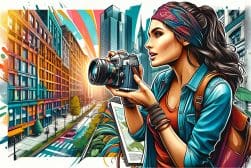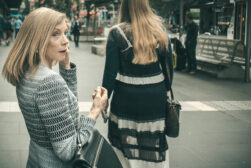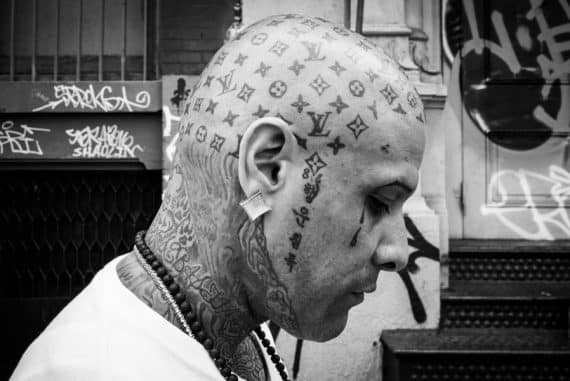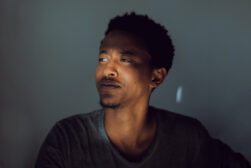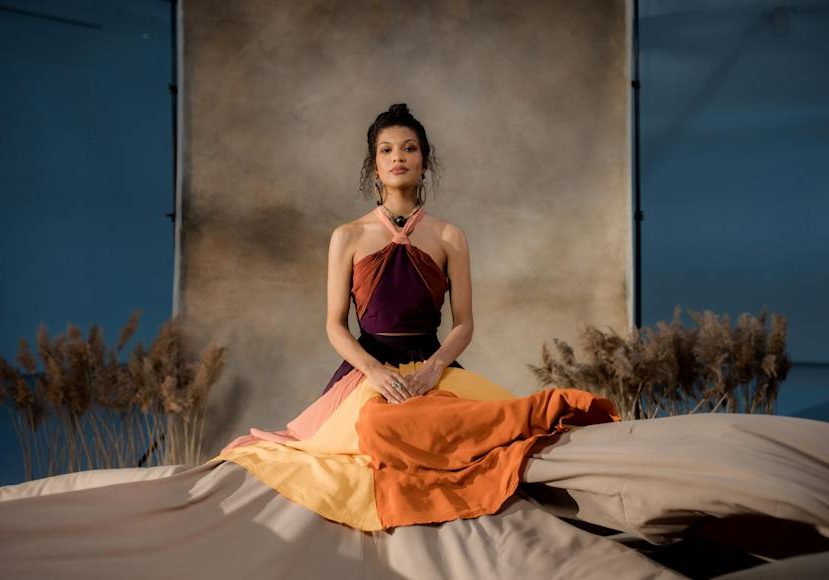
All The Different Types of Portrait Photography To Try in 2024
Explore the world of portrait photography with our guide to its different types, each offering unique ways to capture personality and emotion in images.
Learn | By India Mantle
Shotkit may earn a commission on affiliate links. Learn more.
1. Traditional Portraits
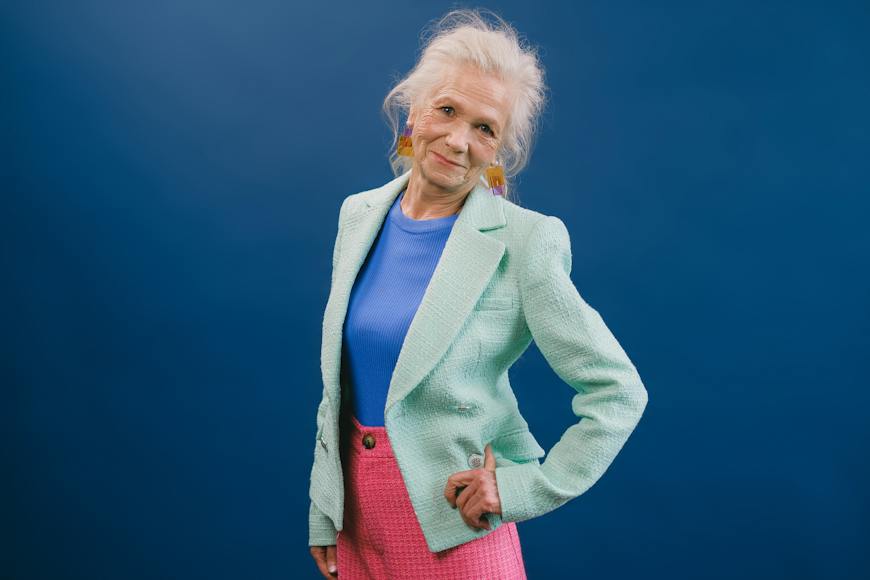
Credit: Shvets Production
Traditional portrait photography is the classic style of portrait photography that has been around for centuries.
This type of photography is influenced by painted portraits of royals and noble figures, which is why it’s typically seen as quite formal. However, formal forms of traditional portraits also exist.
Traditional portraits are taken in a variety of settings as long as they’re well-lit. For instance, you can capture photos outdoors using natural lights or indoors using artificial ones.
The most critical aspect here is always to keep the background uncluttered to highlight the subject and keep them the focal point of the image.
Another key element of this classic type of portrait photography is the composition. The subject of the photo is typically placed at the center of the frame with a sharp focus on their facial features.
As the name suggests, traditional portraits are technically the oldest form of portrait photography, and they are also the most generalized.
For that reason, if you’re a beginner trying to venture into the world of portrait photography, traditional shots would be one of the easiest ways to get started.
2. Candid Portraits
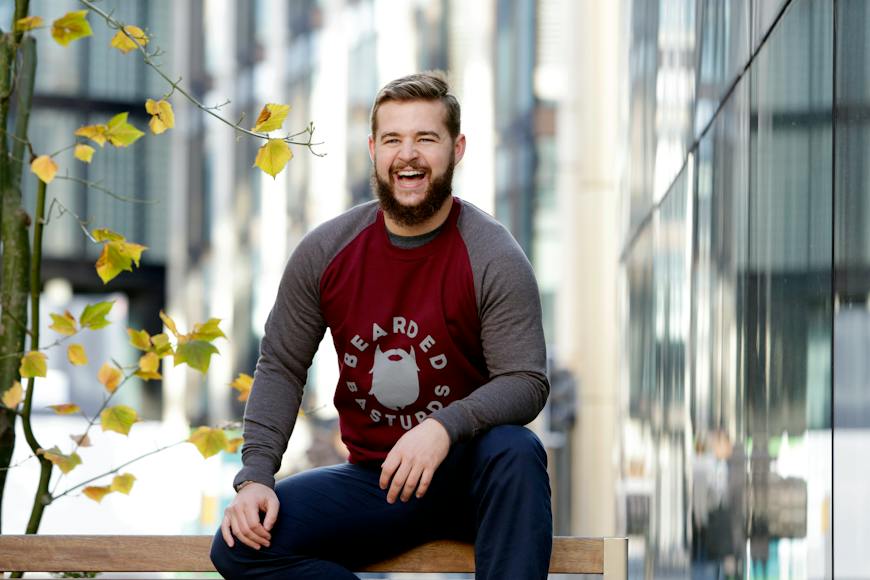
Credit: Craig McKay
Candid portrait photography is another popular portrait photography technique that aims to capture the essence of people while keeping them in their most natural state.
As the name suggests, the key aspect of candid photography is spontaneity, which is why portrait shots are almost always unposed.
In fact, unlike traditional portraits, you can even take a candid shot of your subject without them knowing or preparing for it, which is why the subject will rarely look at the camera or pose for it.
The main point here is to keep the subject relaxed, which helps in producing the most genuine and expressive photo shoot possible.
While it’s rarely taken in studios, you can also take candid photographs almost anywhere. For instance, you can take them anywhere from a street or a beach, to an office or a workshop.
Candid portraits are an excellent choice if you want to focus on a person’s character or raw emotions.
Since your subject will be moving a lot, you’ll need a camera with a faster shutter speed to avoid blurring and burst mode to make sure that you capture the best possible version of the moment.
3. Street Portraits
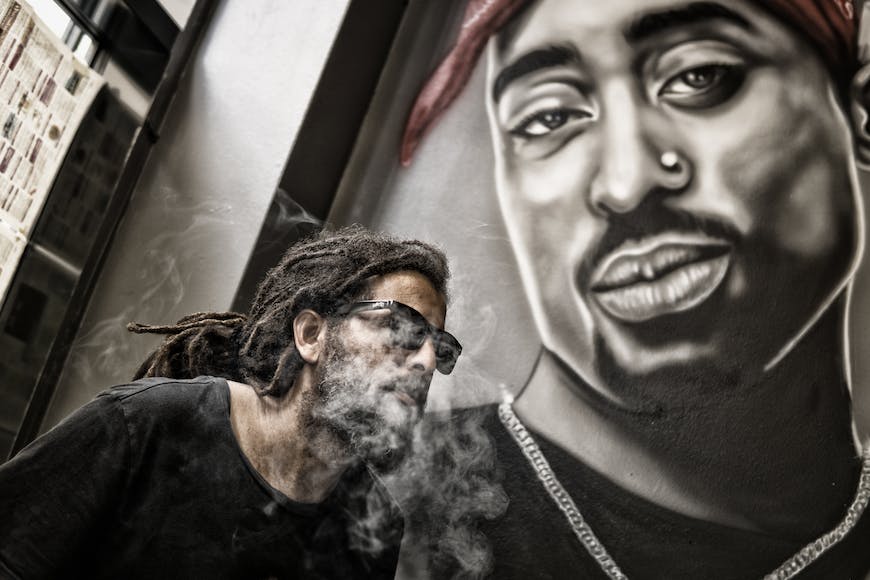
Credit: Mali Maeder
A lot of people think that street and candid portraits are the same thing, but they have several differences between them.
While candid portraits focus on capturing genuine actions and emotions in a natural setting, street portraits highlight the element of location.
For example, street portraits are usually taken in public places and are strictly outdoors, unlike candid photography, which can be captured just about anywhere.
Another noticeable difference between candid and street photography is posing. Candid photography is taken without posing to highlight the genuine emotions that the image conveys.
On the other hand, street portraits are more flexible, as you can take them with or without posing.
In other words, candid photography means capturing a street food vendor while preparing and selling food, while a street portrait would include the vendor posing next to their cart.
How Much Do You REALLY Know About Photography?! 🤔
Test your photography knowledge with this quick quiz!
See how much you really know about photography...

4. Environmental Portraits
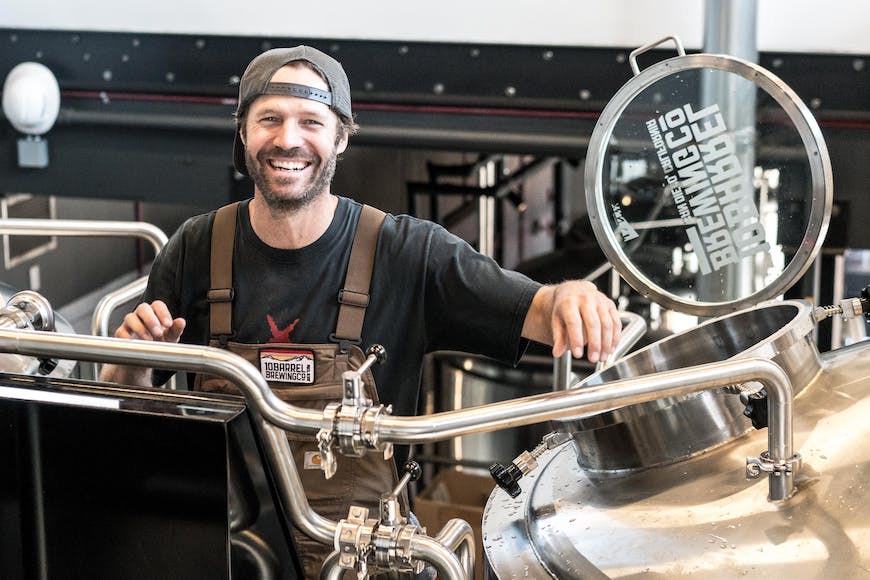
Credit: Elevate
Environmental portraits are photographs that show a picture of people in their natural surroundings or a place that holds a special meaning to the subject.
This photography style is somewhat similar to traditional portraits in several aspects, but they have some key differences.
For example, the backdrop in an environmental portrait isn’t meant to highlight the subject’s physical features alone. Instead, it’s supposed to have a storytelling impact on the photo’s context.
In this portrait, the priority of the backdrop is typically higher than usual. For that reason, the subject doesn’t necessarily have to be at the center of the frame, as striking a balance between the two elements is also necessary.
Environmental portrait photos are ideal if you want to show how people are shaped by their surroundings and how they, in turn, shape the world around them.
5. Close-up Portraits
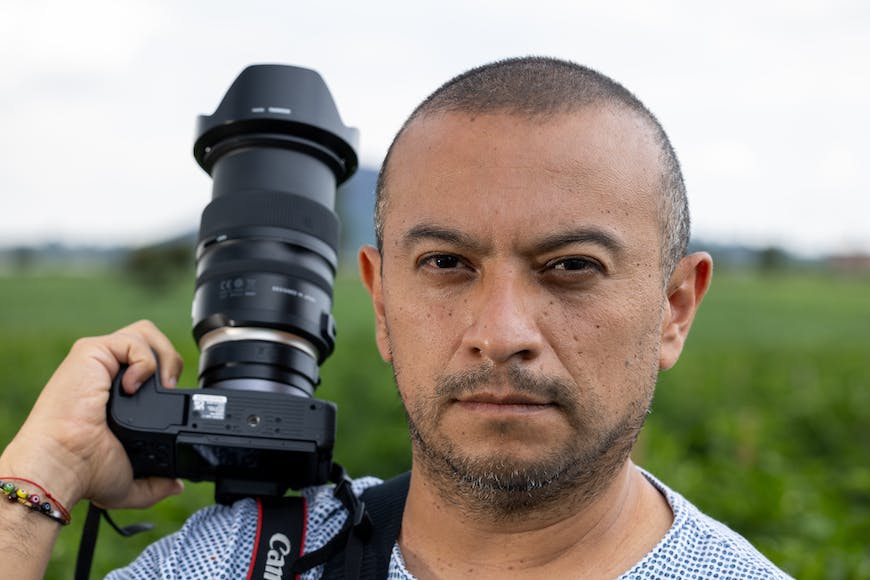
Credit: Fernando Gomez Cortes
Close-up portraits are similar to traditional portraits, but they focus mainly on the subject’s face and shoulders rather than the rest of their bodies.
Ideally, close-up portraiture can take a variety of subtypes, including headshots and macro portraits.
Headshots are typically used for professional purposes, such as business profiles, photographer bios, LinkedIn photos, and acting portfolios, to highlight the subject’s facial features.
These shots are typically taken in a formal setting, and may not even include a background (uses bank backdrops instead).
On the other hand, macro portraits are more versatile and can be shot at an even closer range to specific parts of the face, such as the eyes.
They can also be used for various purposes, including personal portraits and fashion photography.
One of the key differences between the two is the composition. Being more professional and formal, headshots typically show the subject’s face and shoulders from a straight-on perspective.
On the other hand, close-up portraiture can be shot from several angles and perspectives to create a more dynamic and interesting photo.
Lighting and color tones are also major differences between the two. Headshots typically use soft lighting to create a professional, flattering look, while macros use various lighting techniques to create different moods and effects.
6. Full-Body Portraits
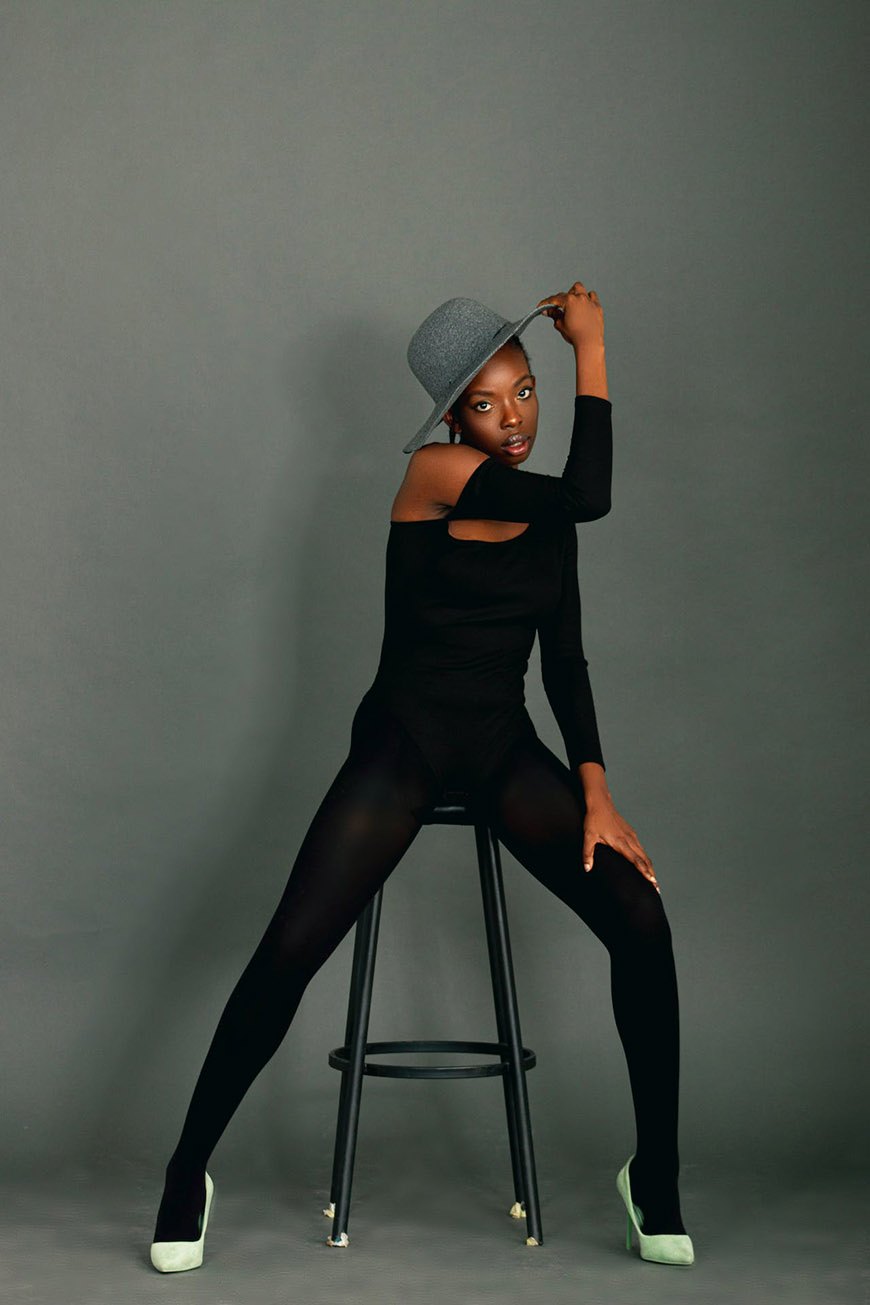
Credit: Kehinde Solomon O Ogunsanya
Full-body portraits are the technical opposite of headshots, as they’re meant to capture the body from head to toe rather than the face alone.
They can be taken in a variety of settings, ranging from a studio with a blank backup-like headshot to a natural outdoor location.
Full-body portraits are usually used to capture the subject’s personality, style, and overall presence.
Although this one doesn’t require unique portrait photography skills, they usually require special types of lenses and cameras with high resolution to maintain the tiny details of the picture when you zoom in.
This type of portrait photography is common for advertising photography, including those who work in stock photos and cut-out prints for parties and events.
You should also read our guide explaining about the 3/4 length portrait body shot.
7. Studio Portraits
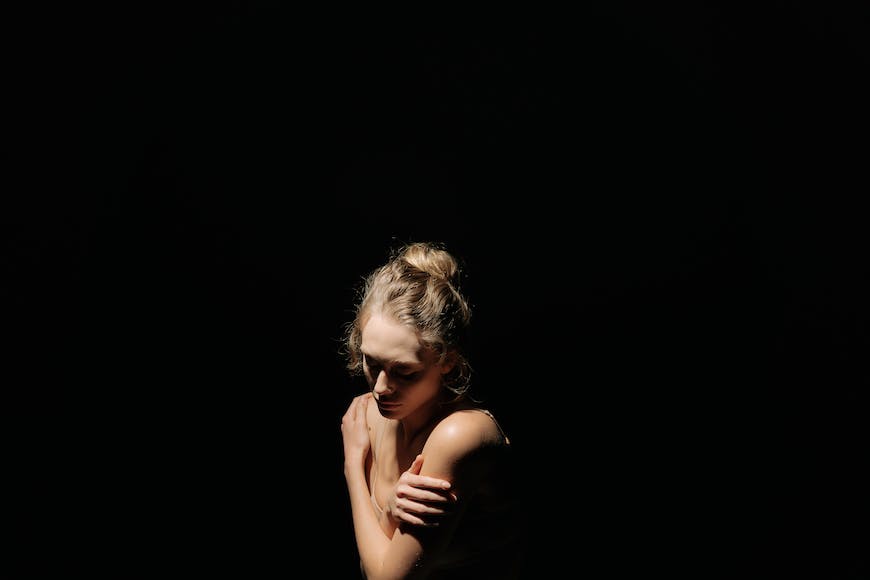
Credit: Ron Lach
Studio photography is another popular type of portraiture that pulls various elements from some previously mentioned types.
The most characteristic aspect of studio photography is that it is captured indoors with complete control of the backdrops, lighting, and other elements of the photo.
In some cases, photographers will also collaborate with other professionals, including models, makeup artists, stylists, etc., to deliver the photos.
For that reason, this type of photography requires a high level of experience and creativity, as the photoshoot becomes more of a blank canvas for the photographer.
The controlled environment of studio portraiture also makes it ideal if you want to deliver consistent, polished results over a large batch of clients, such as the case in yearbooks.
8. Group Portraits
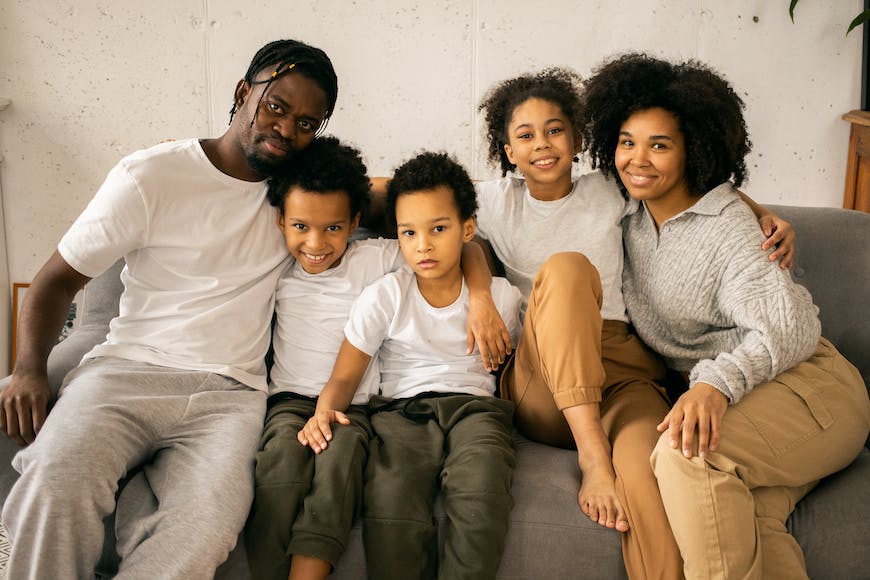
Credit: Monstera Production
Another way to classify different photos is through the number of subjects in the photo. In most of the previous types, you’d typically have a single subject that is the focus of the image.
However, group portrait photography is the genre that captures more than two people in a single scene.
Group portraits are used to capture photos of families, work teams, classes, etc. The main purpose here is to highlight the bond between the subjects and create lasting memories.
Although this one might seem fairly simple, group portraits are somewhat challenging for beginner photographers.
This is mainly because it takes longer to adjust the frame and optimize the camera’s depth of field so that everyone is in focus. It also helps to choose the right lens for group photos.
When done right, group portraits are extremely rewarding because several happy people will be involved!
9. Lifestyle Portraits
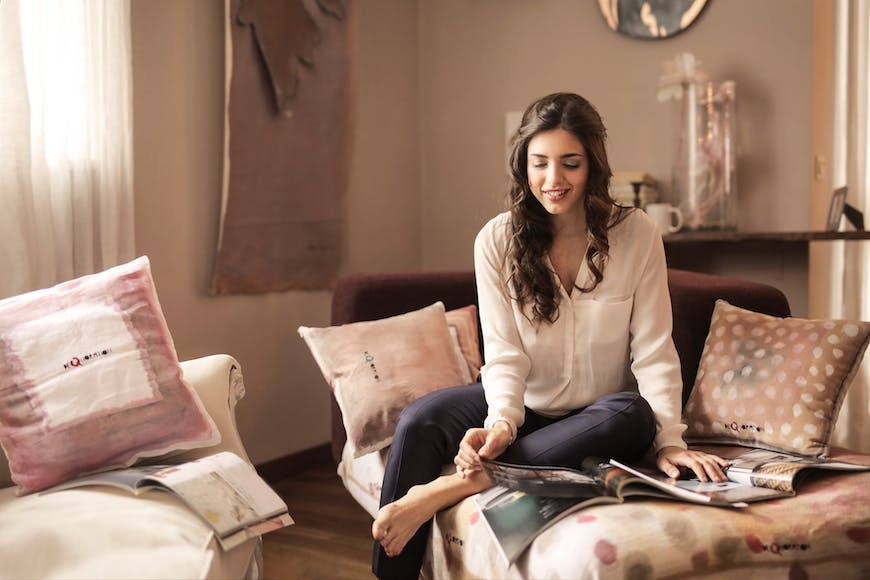
Credit: Andrea Piacquadio
Lifestyle portrait is a unique type of portrait photography that focuses on the subject’s everyday life and tries to highlight their personality and interests through images.
It’s fairly common for these photos to include moments of the subject going about their day and doing the things they love while appearing as natural as possible.
One thing that makes lifestyle photography unique is that it’s rarely done in photography studios, as the photos are usually taken in more familiar settings that match the subject of the photo.
While this may sound quite similar to candid portraits, the main difference here is that the photographer may give posing instructions to the subject/model to get the best possible shots.
This is one of the reasons why lifestyle photography is also used to advertise commercial products, especially luxury ones.
Remember that lifestyle photography involves a lot of traveling because you’re usually bound by the settings of the photo as much as the subject. This makes it time-consuming, although it’s also a remarkably rewarding experience.
10. Abstract Portraits
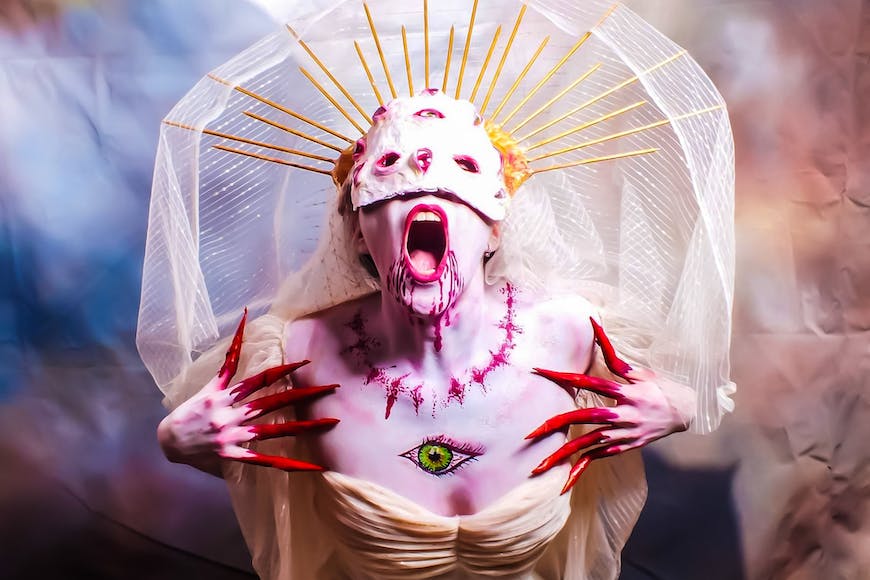
Credit: Anya Juarez Tenorio
Abstract portrait photography is an extraordinary genre of photography that uses perspectives and creative frames to blend the real and the unreal.
As a result, it creates imaginative-looking images that are dreamlike to challenge conventional perception of reality.
This heavily artistic form of photography also goes by various names, including “surreal portraits,” as it evokes a sense of mystery and wonder in the eyes of the viewer.
The purpose of surreal portrait photography can vary from one photographer or session to another. But in most cases, the main goal is to carry a metaphorical element or a hidden meaning that is left for the viewer to interpret.
Although this style of portrait photography can benefit greatly from advanced gear, you can create plenty of mesmerizing photos with simple gear if you have the talent for it.
11. Fine Art Portraits
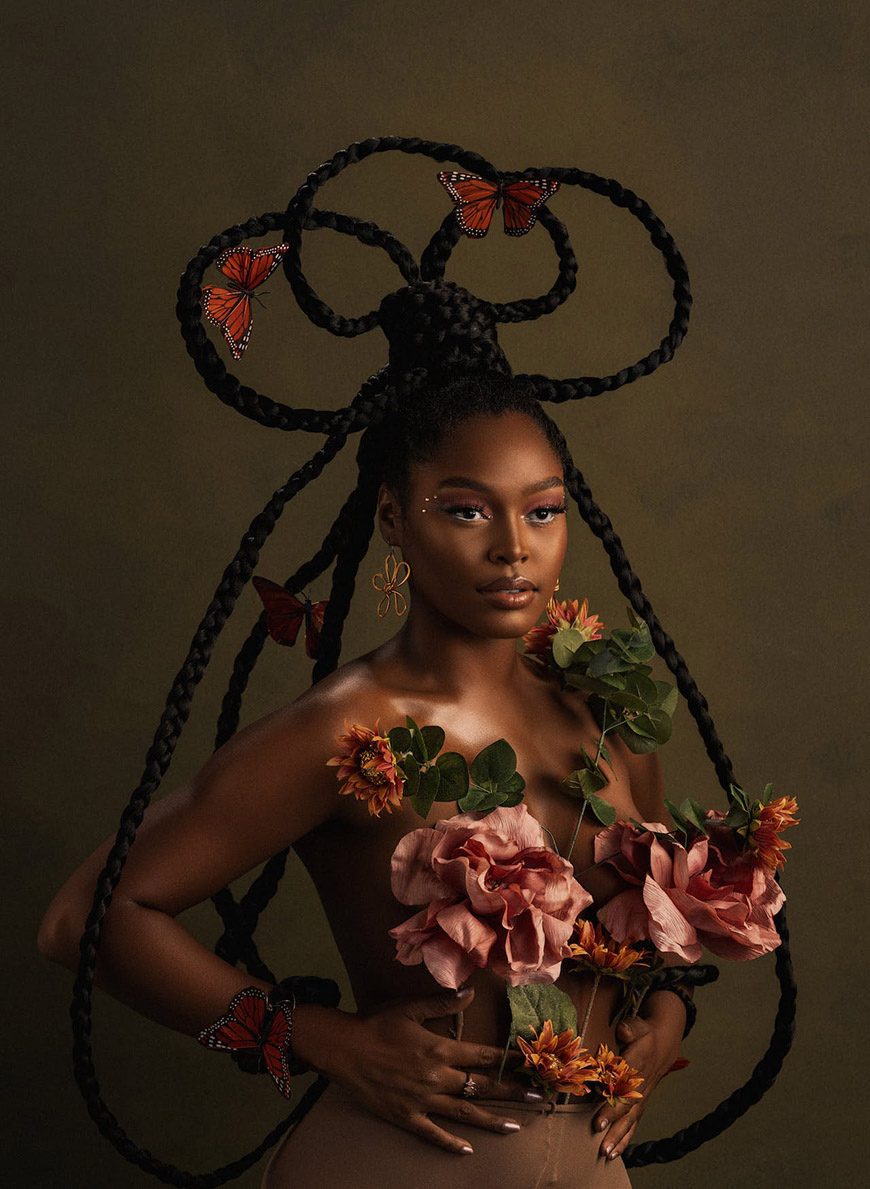
Credit: Folajimi Famosaya
Fine art portrait photography is a genre of photography that focuses on creating aesthetically pleasing and meaningful images of people, whether a single person or a group.
This technique is often characterized by its careful composition, lighting, and liberal use of props, makeup, and costumes.
The goal of this type of portrait photography is to create images that transcend the ordinary and capture the essence of the photo subject through unique poses and expressions.
Fine art portraits often convey a deeper meaning or emotion than abstract ones. The photographer might try to capture the subject’s personality and inner world or convey a specific mood or feeling through the photos.
The portraits are usually carefully executed, and most photographers use manual mode while shooting them to control aspects like exposure and color balance.
It can also be used as a personal project or commercially through advertising or editorial photography.
12. Glamor Portraits
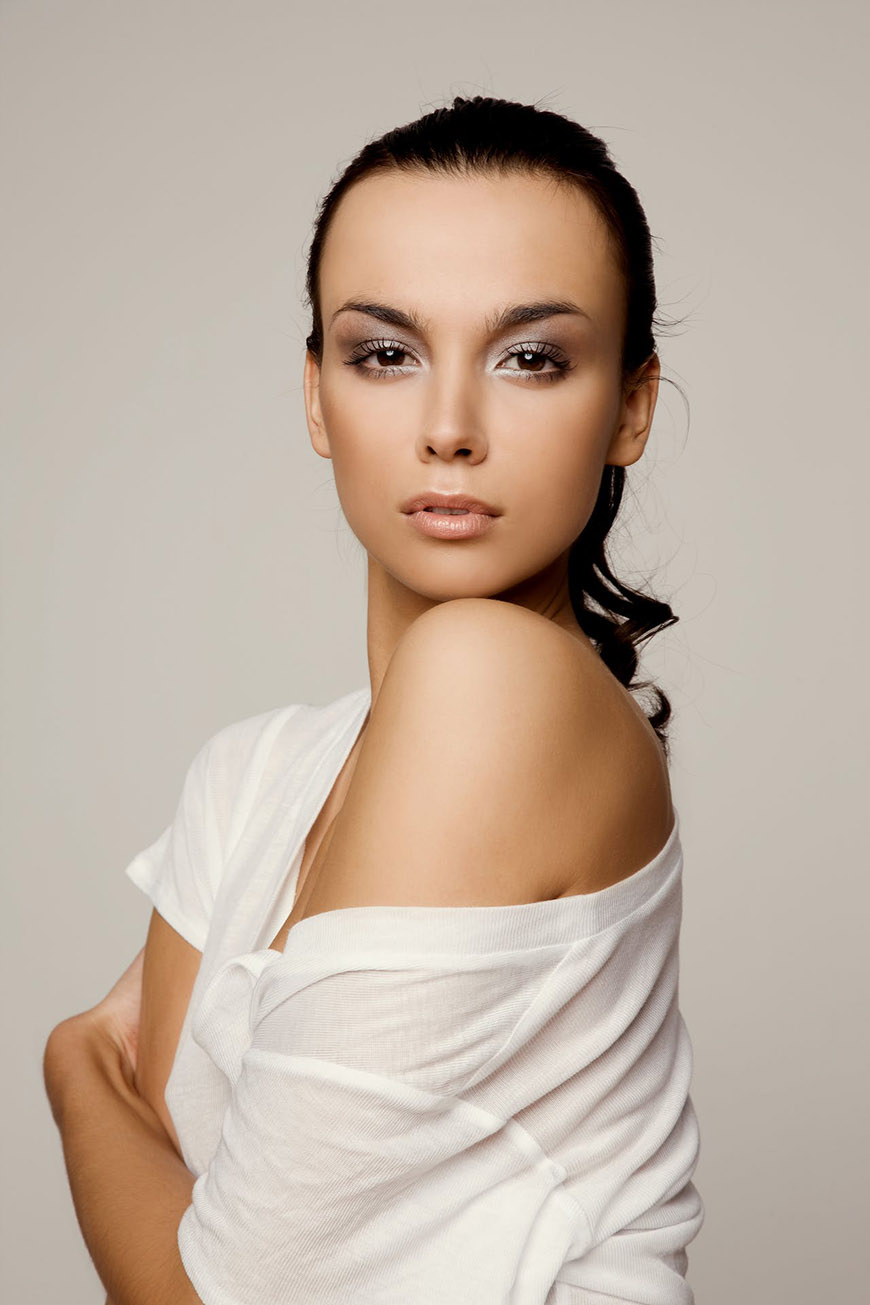
Credit: Hywel Jones
Glamor portrait photography is a photography genre that celebrates the subject’s beauty, confidence, and sensuality.
This type of photography is commonly used in fashion magazines where the subject wears intimate or revealing outfits that highlight their elegance and style.
The photographer will work with the subject to create a comfortable and relaxed atmosphere and to help them pick poses and outfits that flatter their body and style.
Glamor portraits can take a variety of substyles, with Boudoir portraits being the most popular one.
The two styles are extremely similar in terms of concept and styling, but the main difference here is the setting of photography.
You can shoot glamor portraits in a variety of locations, whether indoors or outdoors. However, Boudoir portraits are meant to be taken in bedrooms or private rooms.
13. Conceptual Portraits

Credit: Cihan Oguzmetin
Conceptual portrait photography is a creative and expressive genre that allows photographers to communicate abstract ideas through symbolism and other visual elements.
While conceptual portraits are similar to surreal photography in many principles, they have some distinctions.
For example, surreal photography typically relies on breaking the barrier between fiction and reality to convey an idea.
On the other hand, a conceptual portrait’s main goal is to convey the abstract concept using formal elements of the image, such as colors, shapes, lines, perceived texture, etc.
These portraits are often thought-provoking and deliberately designed so that they’re open to various interpretations to encourage the viewer to think about the meaning behind every photo.
Creating conceptual portraits takes some time to develop the image idea first. It also involves a lot of experimentation to ensure the final results are as compelling and interesting as you imagined them.
14. Self Portraits
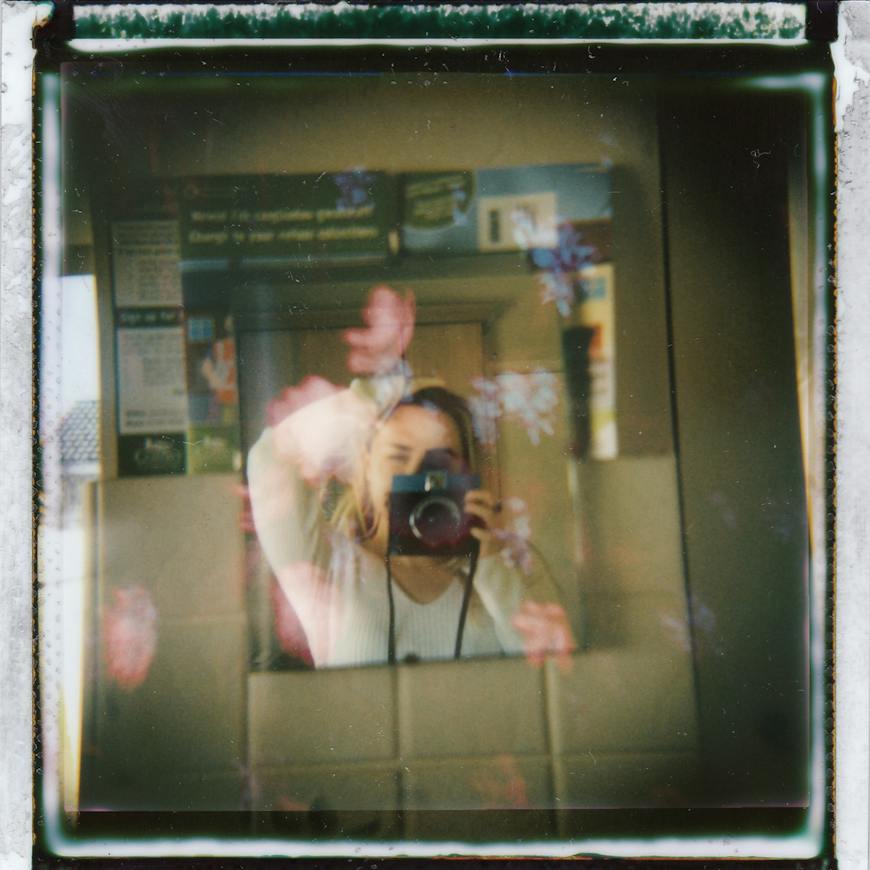
Credit: Lisa Fotios
Self-portraits, also known as selfies, is a genre of photography in which the photographer is also the subject of the image.
It’s one of the most popular portrait photography types today, especially with easy access to smartphone cameras, although you can also do them professionally with advanced cameras.
Self-portrait photography is among the most popular methods of documenting one’s life and progress. It can also be used to celebrate major milestones and achievements.
15. Pet Portraits
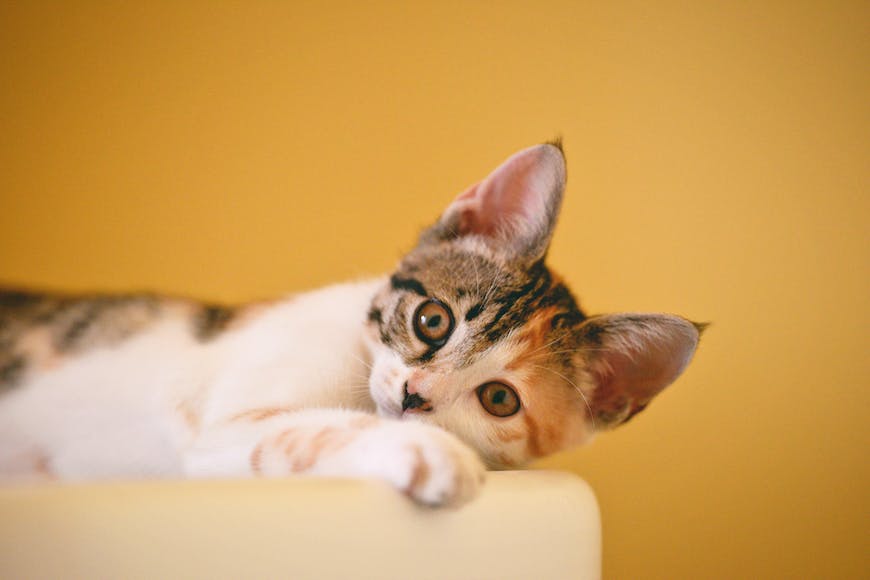
Credit: Cong H
Although portrait photography requires some collaboration between the photographer and the subject of the photo, you can capture portrait photos of animals, too!
One of the best examples of that is pet portraits, which include photos taken of beloved animal companions, such as dogs, cats, birds, etc.
Of course, working with animals requires a lot of patience due to their unpredictability.
For that reason, if you’re interested in this type of photography, you should use a camera with a relatively high shutter speed (1/500 or faster) to avoid blurring effects.
16. Couple Portrait
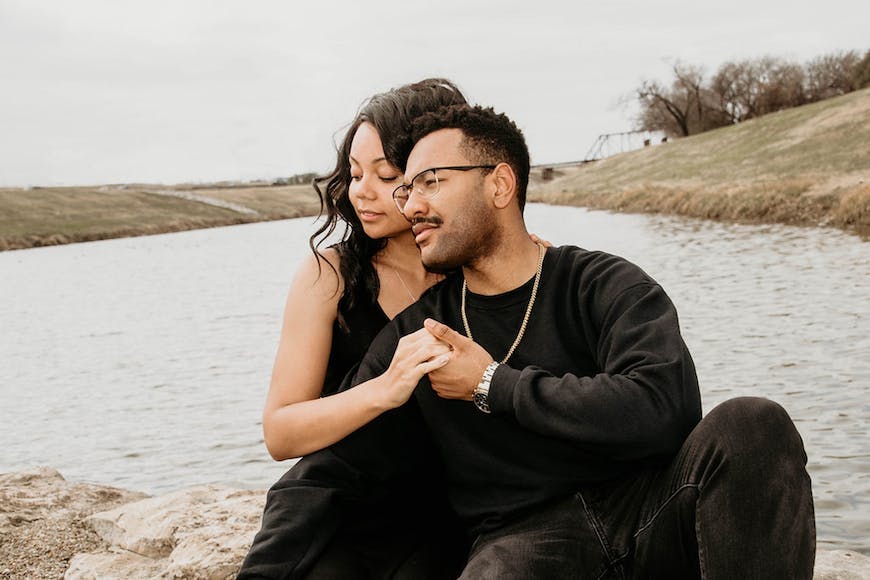
Credit: Jasmine Carter
Couple portraits can take a wide range of forms, including engagement portraits and wedding portraits. However, they typically use the same techniques and are usually grouped under one big classification.
Couple portrait photography is one of the best ways to capture the emotional connection between two people.
It’s also an excellent way to celebrate a special occasion, event, or milestone while creating long-lasting documentation of those moments, such as engagements, weddings, or anniversaries.
Since couple portraits are quite popular these days, many photographers try to add new elements and techniques to how they’re taken.
For example, some photographers prefer to take the traditional route of posing for the photo while choosing a pleasant setting for the photos.
On the other hand, others prefer to capture more candid moments to convey the pure and genuine emotions of the couple.
Besides the technique, couple portrait photos can be taken in a variety of settings as well, which is why you need to have a lot of patience and flexibility if you’re interested in becoming a professional couple portrait photographer.

Check out these 8 essential tools to help you succeed as a professional photographer.
Includes limited-time discounts.
As the Content Manager of Shotkit, India Mantle brings with her a lifelong love for photography that she developed during her childhood, watching her father document their family moments with his Nikon EM. In her free time, you find her enjoying the awe-inspiring natural beauty of her home, Northern Rivers, Australia.





